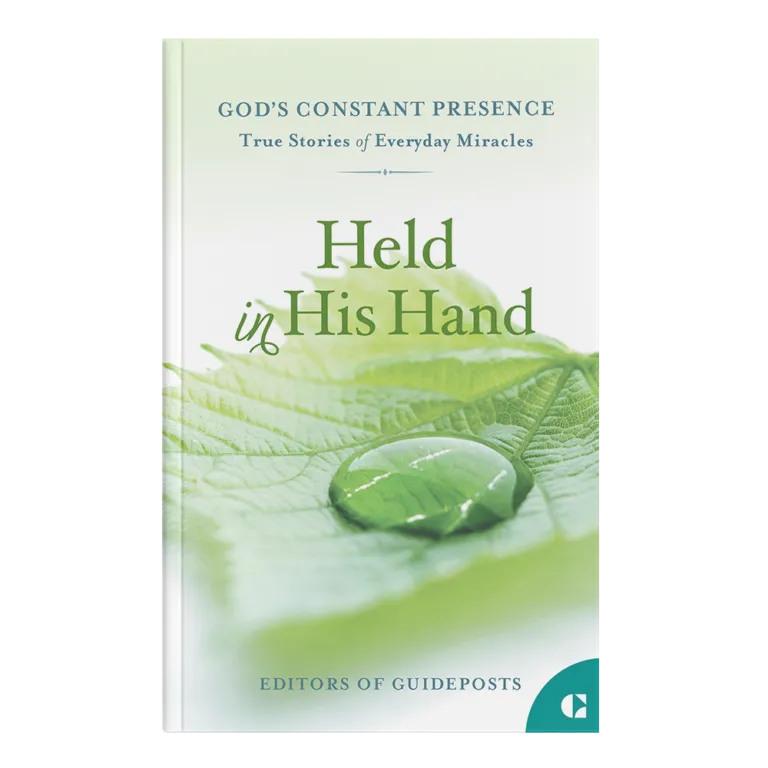1. The Bible is inspired by God (2 Timothy 3:16-17; 2 Peter 1:20-21).
2. The Bible is made up of 66 different books that were written over 1,600 years (from approximately 1500 B.C. to A.D. 100) by more than 40 kings, prophets, leaders, and followers of Jesus. The Old Testament has 39 books (written from approximately 1500-400 B.C.). The New Testament has 27 books (written from approximately A.D. 45-100). The Hebrew Bible has the same text as the English Bible’s Old Testament, but divides and organizes it differently.
3. The Old Testament was written mainly in Hebrew, with some Aramaic. The New Testament was written in Greek.
4. The books of the Bible were collected and arranged and recognized as inspired sacred authority by councils of rabbis and councils of church leaders based on careful guidelines.
5. Before the printing press was invented, the Bible was copied by hand. The Bible was copied very accurately, in many cases by special scribes who developed intricate methods of counting words and letters to insure that no errors had been made.
6. The Bible was the first book ever printed on a printing press with movable type (Gutenberg Press, 1455, Latin Bible).
7. There is much evidence that the Bible we have today is remarkably true to the original writings. Of the thousands of copies made by hand before A.D. 1500, more than 5,900 Greek manuscripts from the New Testament alone still exist today. The text of the Bible is better preserved than the writings of Caesar, Plato, or Aristotle.
8. The discovery of the Dead Sea Scrolls confirmed the astonishing reliability of some of the copies of the Old Testament made over the years. Although some spelling variations exist, no variation affects basic Bible doctrines.
9. As the Bible was carried to other countries, it was translated into the common language of the people by scholars who wanted others to know God’s Word. Today there are still 2,000 groups with no Bible in their own language.
10. By A.D. 200, the Bible was translated into seven languages; by A.D. 500, 13 languages; by A.D. 900, 17 languages; by A.D. 1400, 28 languages; by 1800, 57 languages; by 1900, 537 languages; by 1980, 1,100 languages. (Source: The World Christian Encyclopedia.)






